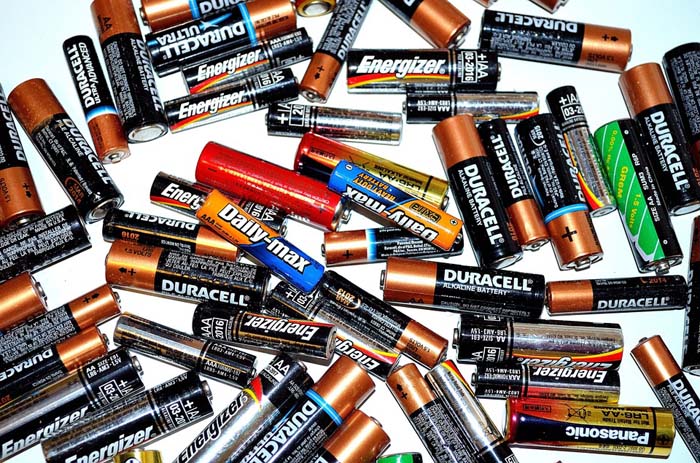SEOUL: Scientists have developed a highly stretchable rechargeable lithium-ion battery (ARLB) based on aqueous electrolytes, necessary for the next wave of wearable electronics. Stretchable electronic devices have recently attracted tremendous attention as next-generation devices due to their immense flexibility. The increasing interest and demand of flexible electronics has fuelled the search for highly stretchable electrodes with high mechanical durability and high electrical conductivity during deformation.
Although many methods have been proposed for these electrodes, none of them has managed to simultaneously achieve high stretchability for the electrodes and have a scalable manufacturing process. The researchers at the Ulsan National Institute of Science and Technology in South Korea solved such issues using a conductive polymer composite, composed of Jabuticaba-like hybrid carbon fillers containing carbon nanotubes and carbon black in a simple solution process.
The shape of this structure resembled that of a Jabuticaba tree, the Brazilian grapetree. They observed that the HCP composite is found to effectively retain its electrical conductivity, even under high strain rates.
This makes it suitable for use in highly stretchable aqueous Li-ion batteries, according to the study published in the journal Advanced Energy Materials. “Our findings are expected to expand the number of stretchable nanocomposites with electrochemical and mechanical properties available for use in a wide variety of applications,” said Professor Kwanyong Seo, from the Ulsan National Institute of Science and Technology.
PTI

